The US study, published in the journal Psychological Science, identified gifted children by their SAT scores, which placed them in the top 0.01% of the population, either in maths or verbal scores (Hill et al., 2013).
The 320 children were tracked from the age of 13, until they were 38, to see how they did in their chosen professions.
Notable careers
As you might expect, the exceptionally gifted children were more likely to gain Master's degrees and PhDs, compared with less gifted children.
Many also went on to have notable careers: they wrote books, composed music, started companies, conducted scientific research, became senior business leaders, and excelled in other worthy occupations.
Even at age 13 it was possible to see in which direction exceptionally children might head:
"...mathematically more able individuals tended to focus on achievement in inorganic fields [e.g. computer science, engineering], whereas verbally more able individuals tended to invest their talent in organic fields [e.g. the arts, social sciences, education]; incorporating motivational dimensions, such as interests in people versus things..." (Hill et al., 2013)
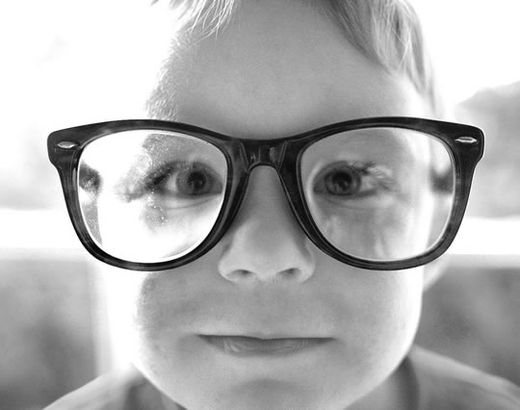
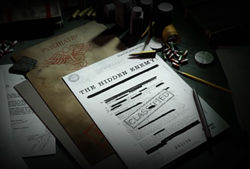
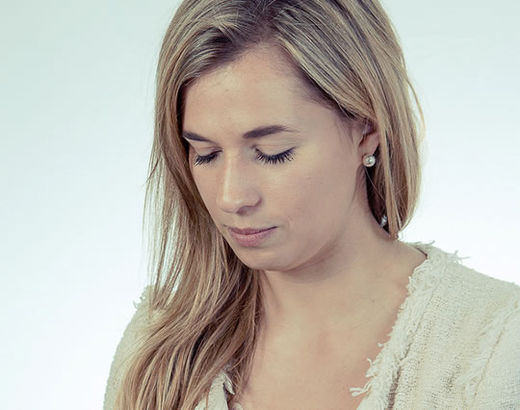
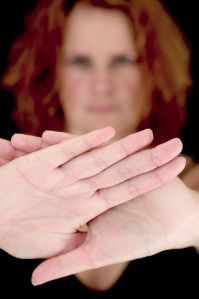
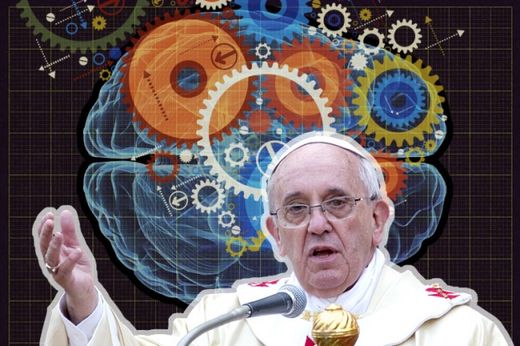





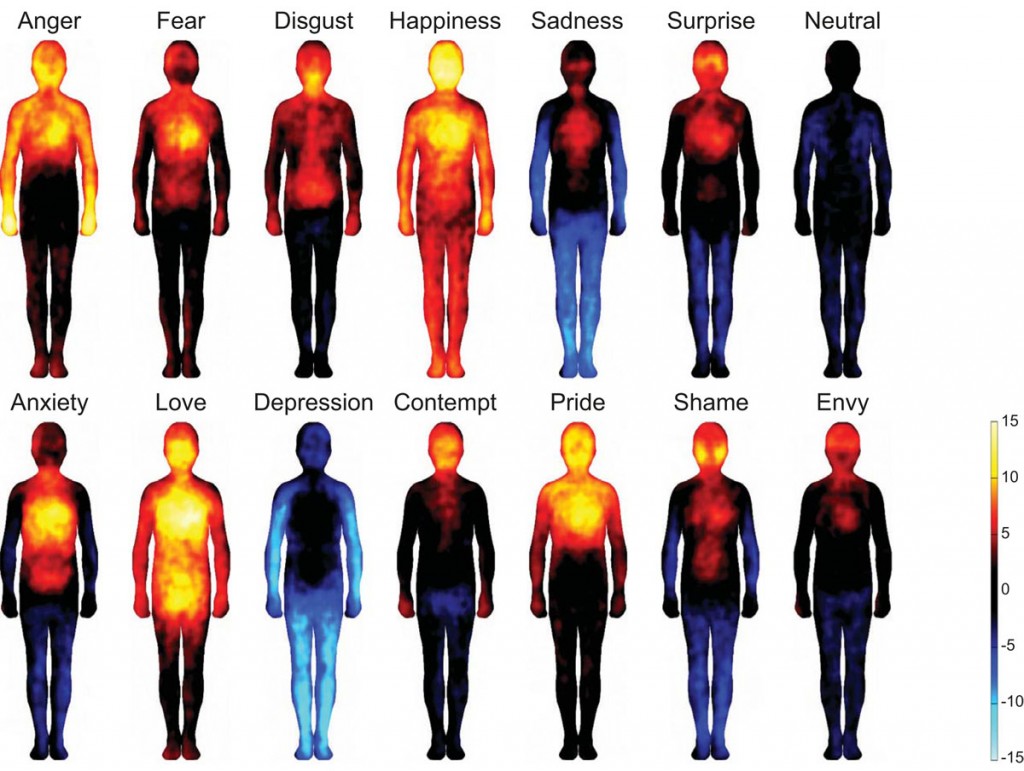



Comment: Benefit right away with eebreathe.com!